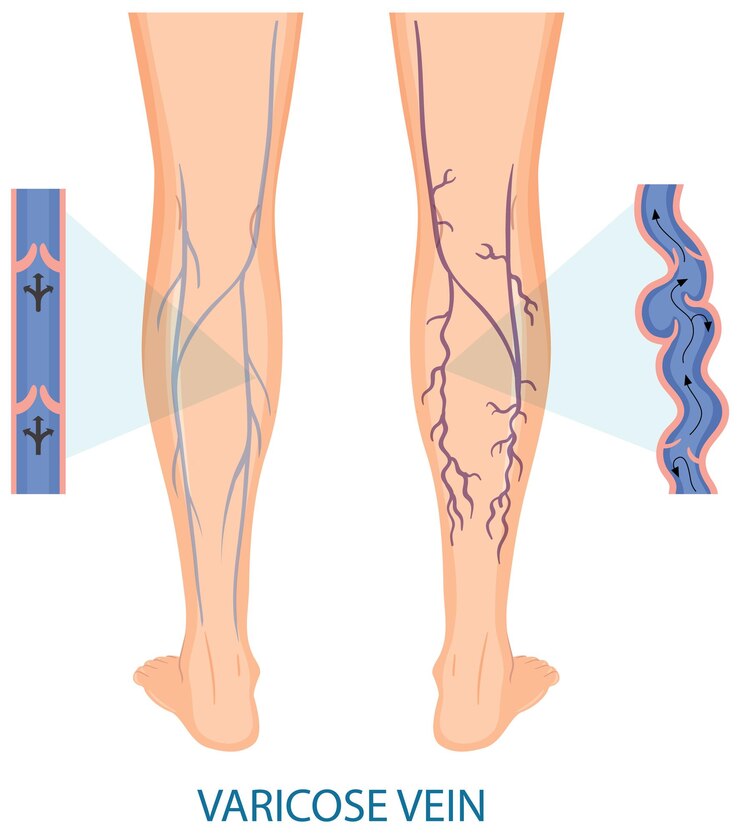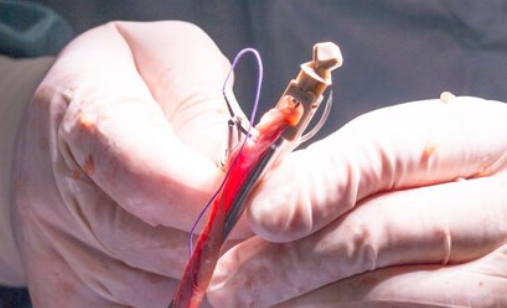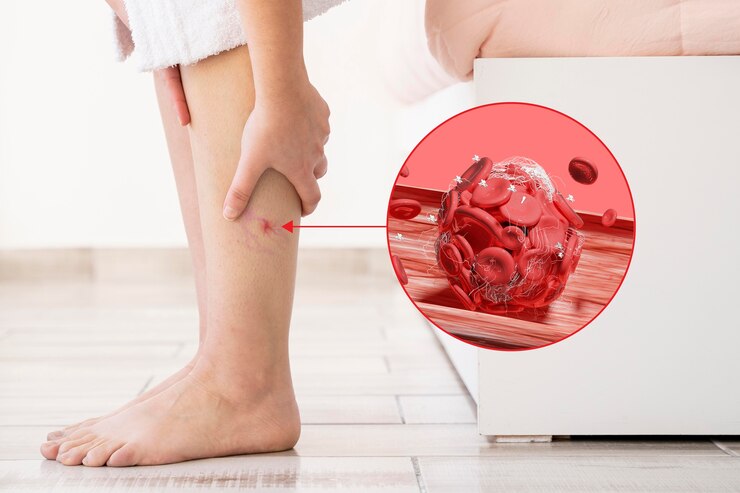Uterine Artery Embolization in Sector 101
Uterine artery embolization (UAE) is a minimally invasive procedure designed to treat uterine fibroids, which are noncancerous growths in the uterus that can cause significant symptoms. For women in Sector 101 seeking effective and less invasive treatments for fibroids, UAE offers a promising alternative to traditional surgical methods. This article will explore the procedure, its benefits, potential risks, and what patients in Sector 101 can expect when considering uterine artery embolization. Uterine Artery Embolization in Sector 101 provides a localized and accessible option for women looking to alleviate fibroid symptoms without undergoing major surgery.
What are Uterine Fibroids?
Known by other names, such as leiomyomas or myomas, uterine fibroids are benign tumors that grow in the uterine muscle. They vary in size and can cause symptoms such as heavy menstrual bleeding, pelvic pain, frequent urination, and pressure on the bladder or bowel. Although fibroids are noncancerous, their symptoms can significantly impact a woman’s quality of life.
What is Uterine Artery Embolization?
Uterine artery embolization is a procedure that aims to shrink fibroids by cutting off their blood supply. Interventional radiologists perform UAE by inserting a catheter into the uterine arteries and injecting small particles to block the blood flow to the fibroids. Without a blood supply, the fibroids shrink and die, alleviating symptoms.
The Procedure: Step-by-Step
- Preparation: Before the procedure, patients undergo a thorough evaluation, including a medical history review, physical examination, and imaging tests such as ultrasound or MRI to determine the size and location of the fibroids.
- Anesthesia: UAE is typically performed under local anesthesia with sedation. This ensures the patient is comfortable and pain-free during the procedure.
- Catheter Insertion: The interventional radiologist makes a small incision in the groin or wrist and inserts a catheter into the femoral or radial artery. Using fluoroscopic guidance, the catheter is navigated to the uterine arteries.
- Embolization: Once the catheter is in place, tiny particles made of polyvinyl alcohol (PVA) or other embolic agents are injected into the uterine arteries. These particles block the blood vessels supplying the fibroids.
- Completion: The catheter is carefully removed, and the incision site is bandaged. Usually, the complete process takes one to two hours.
Benefits of Uterine Artery Embolization
Minimally Invasive: UAE is performed through a small incision, reducing the risk of complications and promoting faster recovery compared to open surgery.
- Preserves the Uterus: Unlike hysterectomy, which involves the removal of the uterus, UAE preserves the uterus, making it an attractive option for women who wish to maintain their reproductive organs.
- Shorter Recovery Time: Most patients can return to normal activities within a week or two, whereas recovery from traditional surgery can take several weeks.
- Effective Symptom Relief: Studies have shown that UAE effectively reduces symptoms such as heavy menstrual bleeding, pelvic pain, and pressure on the bladder or bowel.
Potential Risks and Complications
While UAE is generally safe, it is important to be aware of potential risks and complications, including:
- Post-Embolization Syndrome: This is a common side effect characterized by pain, fever, nausea, and fatigue. It usually resolves within a few days and can be managed with medication.
- Infection: There is a small risk of infection at the catheter insertion site or within the uterus.
- Premature Menopause: In rare cases, UAE can affect the blood supply to the ovaries, leading to early menopause.
- Non-Target Embolization: There is a risk that the embolic particles could block blood flow to unintended areas, potentially causing tissue damage.
Who is a Candidate for Uterine Artery Embolization?
UAE is suitable for women who have symptomatic fibroids and wish to avoid surgery. Ideal candidates include those who:
- Experience significant symptoms affecting their quality of life
- Have fibroids that are accessible via the uterine arteries
- Are not planning to become pregnant, as the impact of UAE on fertility is not fully understood
What to Expect During Recovery
After the procedure, patients typically stay in the hospital for a few hours or overnight for observation. During recovery, it is normal to experience some cramping, pain, and mild fever. Pain medication and anti-inflammatory drugs are prescribed to manage these symptoms. Most women can return to their normal activities within 1 to 2 weeks, although strenuous activities should be avoided for a longer period.
Long-Term Outcomes
Uterine artery embolization has shown promising long-term outcomes, with many women experiencing significant relief from fibroid symptoms. The procedure’s success rate is high, and the need for additional treatment is relatively low. However, some women may experience regrowth of fibroids over time and may require further intervention.
Finding a Specialist in Sector 101
For women in Sector 101 considering uterine artery embolization, it is essential to consult with a qualified interventional radiologist. At Dr. Ankit Interventional Radiologist, we specialize in minimally invasive procedures, including UAE. Our team is dedicated to providing personalized care and helping patients make informed decisions about their treatment options.
Conclusion
Uterine artery embolization is a valuable treatment option for women suffering from symptomatic fibroids. With its minimally invasive nature, shorter recovery time, and effectiveness in symptom relief, the UAE offers a promising alternative to traditional surgical methods. If you are in Sector 101 and experiencing symptoms of fibroids, consider consulting with a specialist to determine if uterine artery embolization is right for you. Uterine Artery Embolization in Sector 101 provides a localized and accessible solution for managing fibroid symptoms effectively.
For any further queries, Plz visit drankitinterventionalradiologist.com







